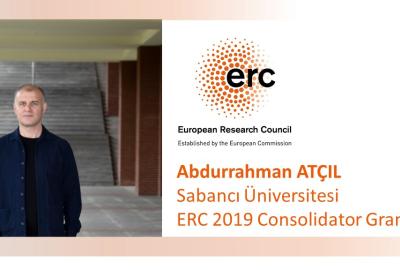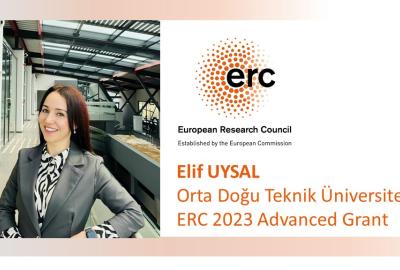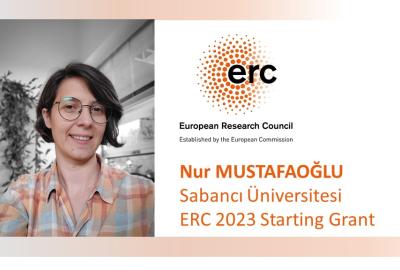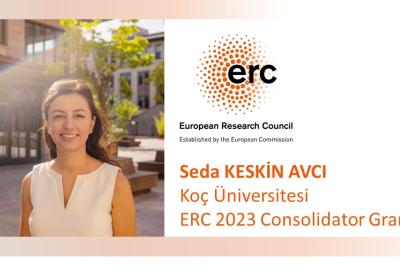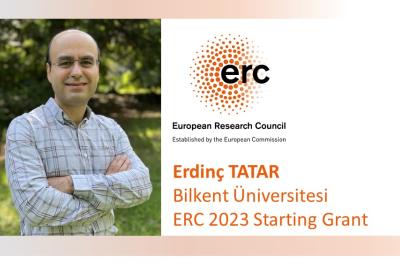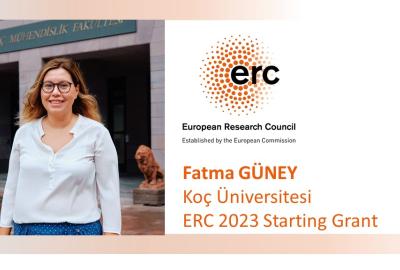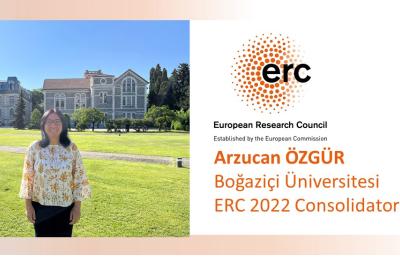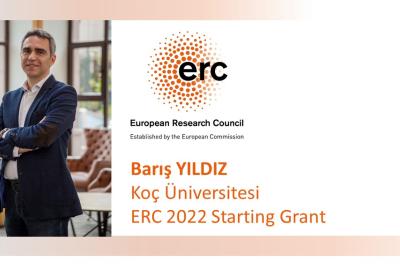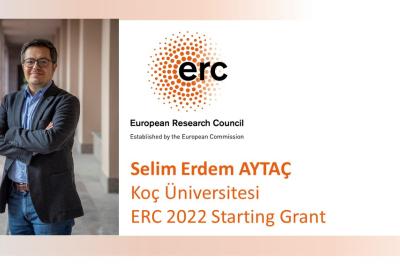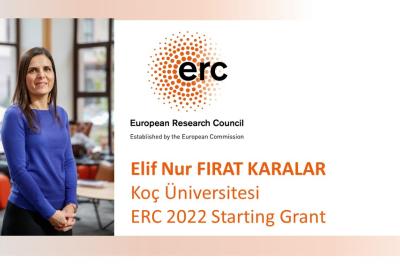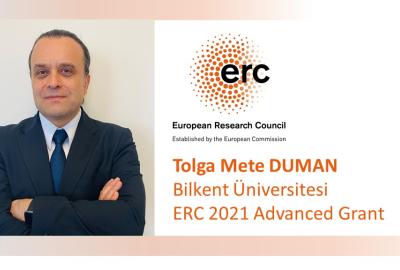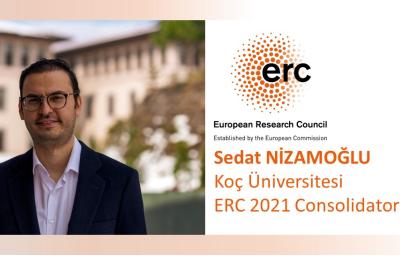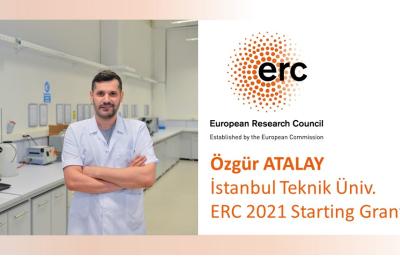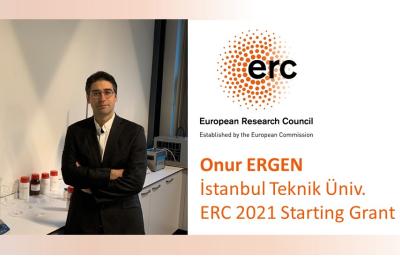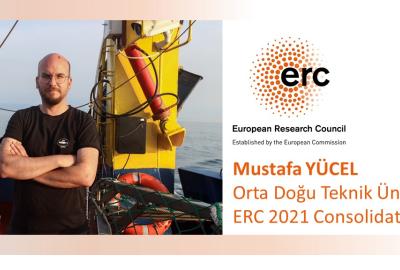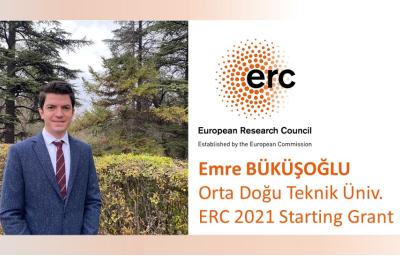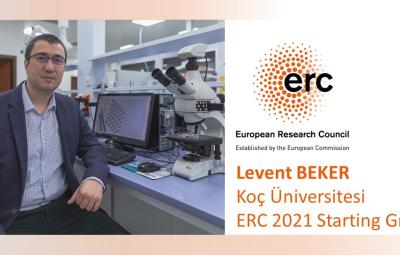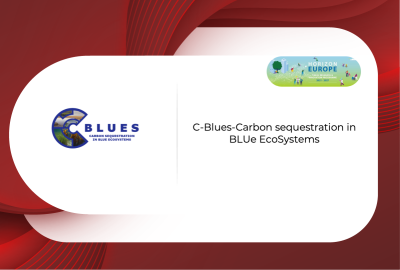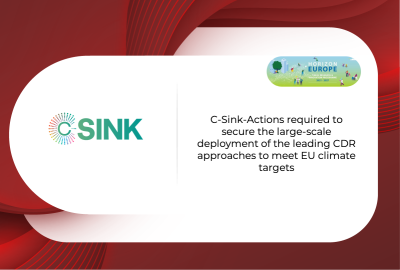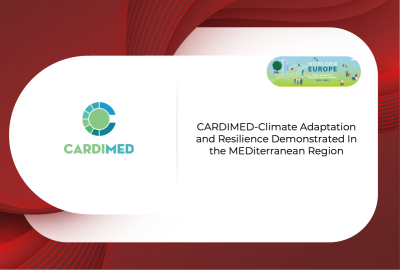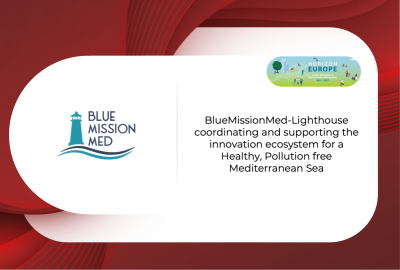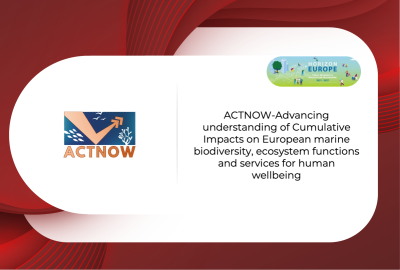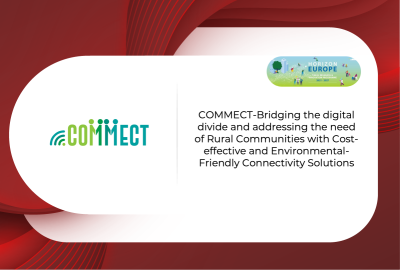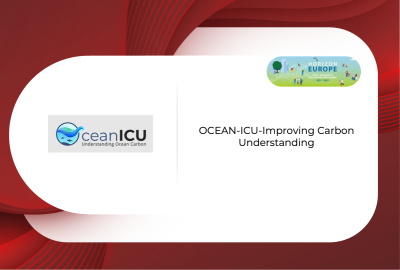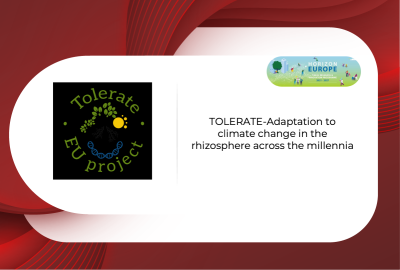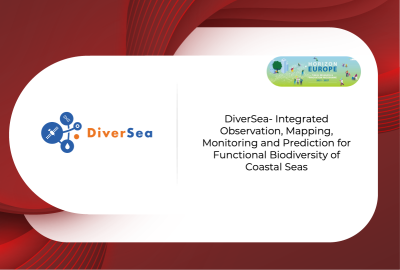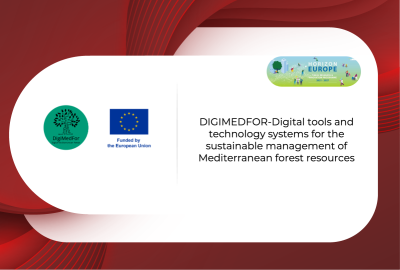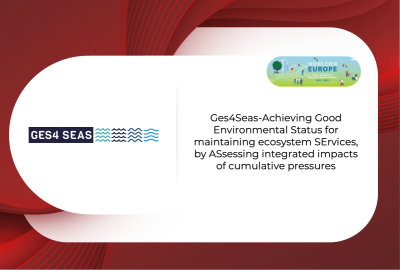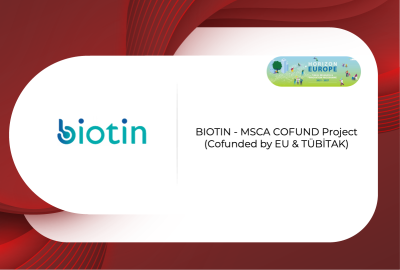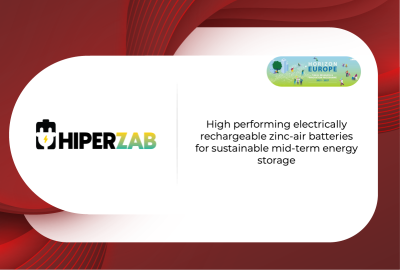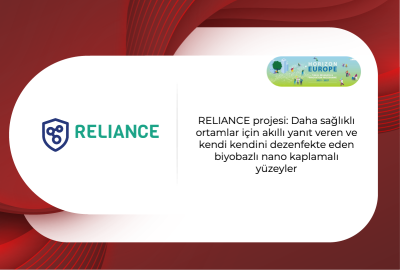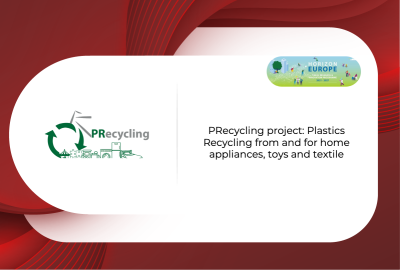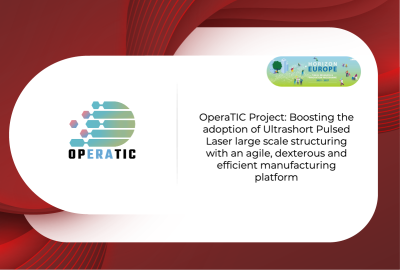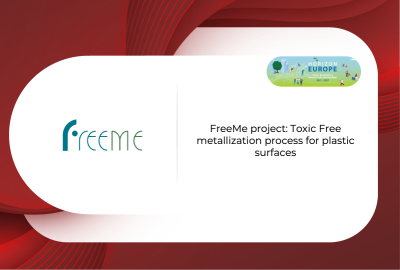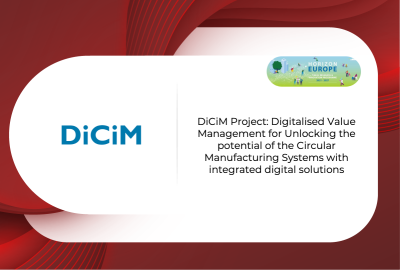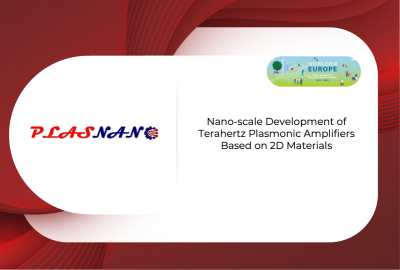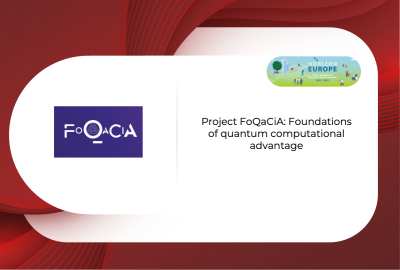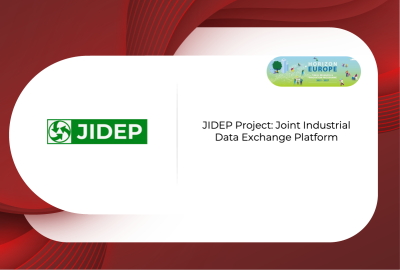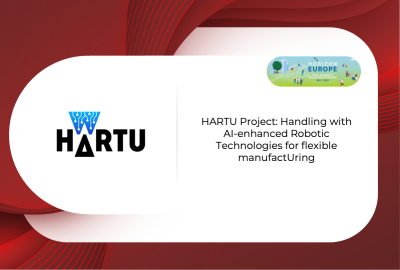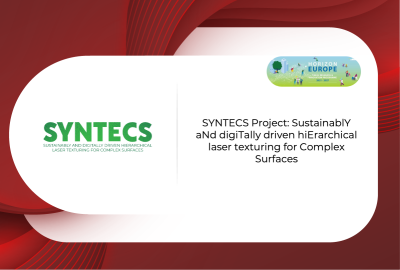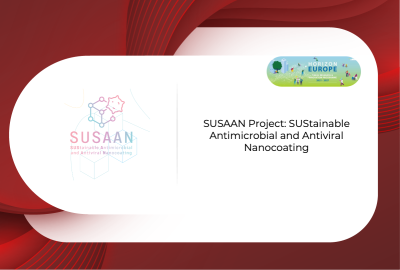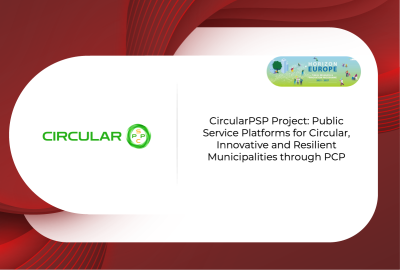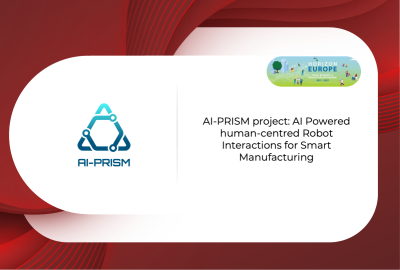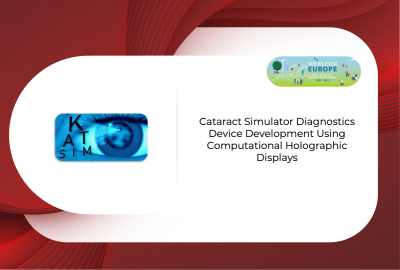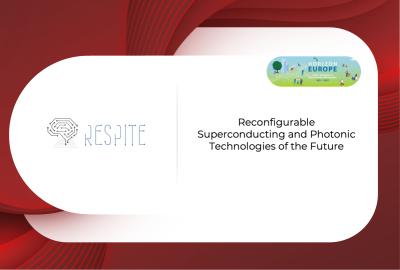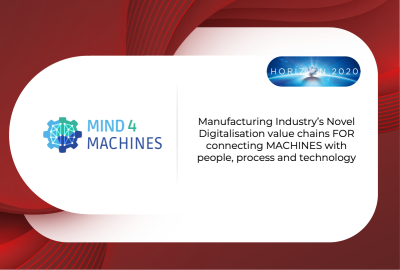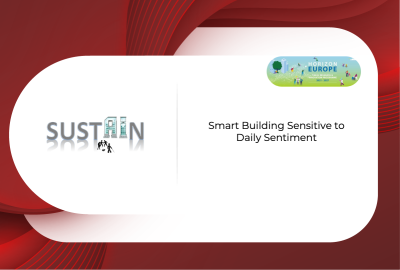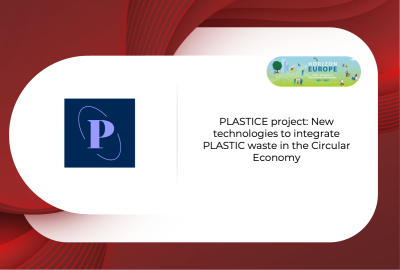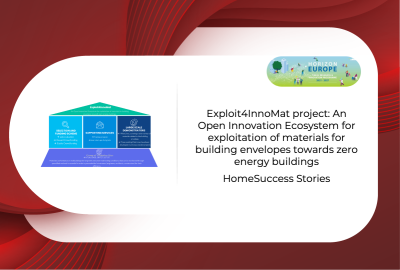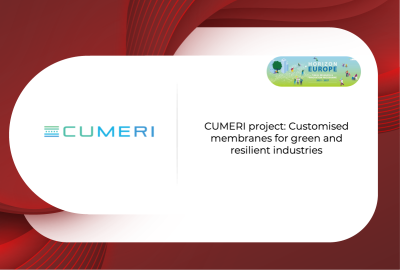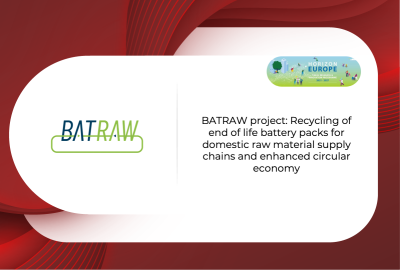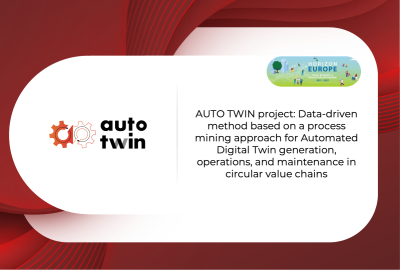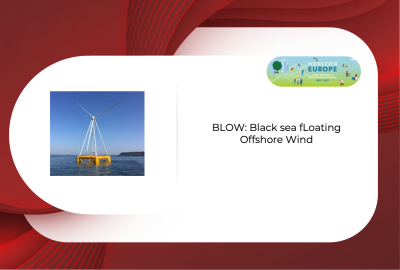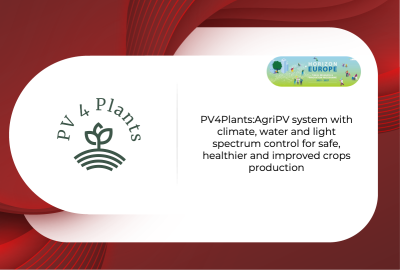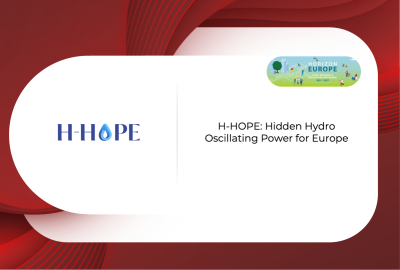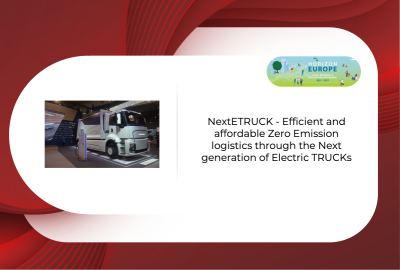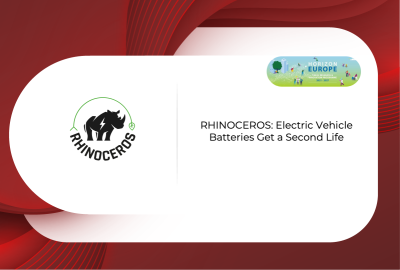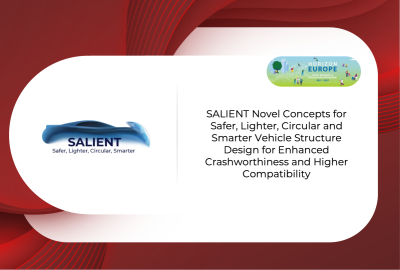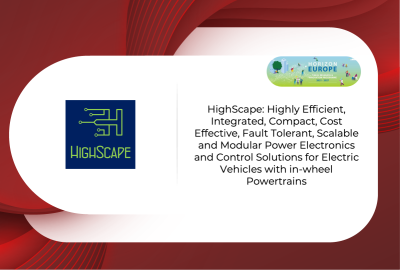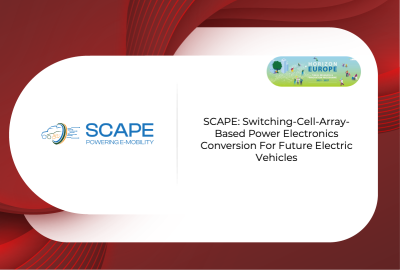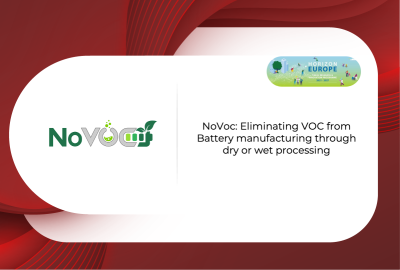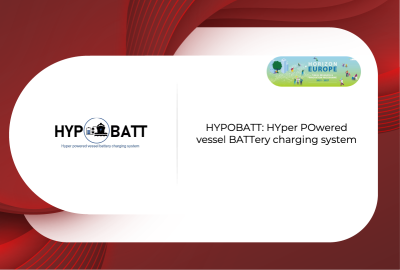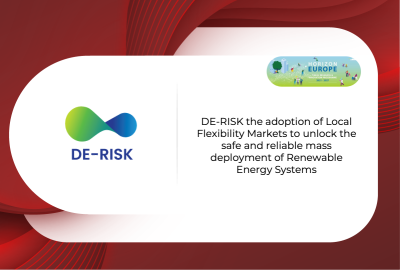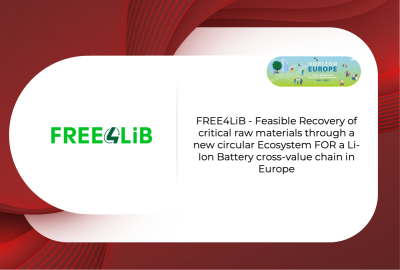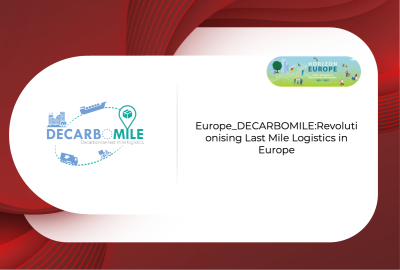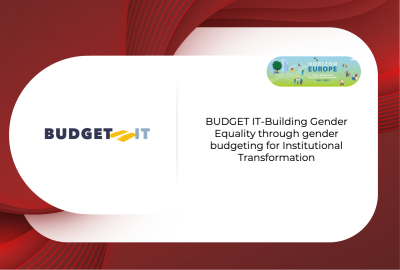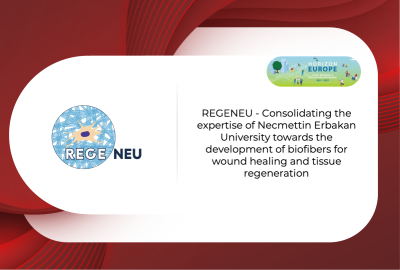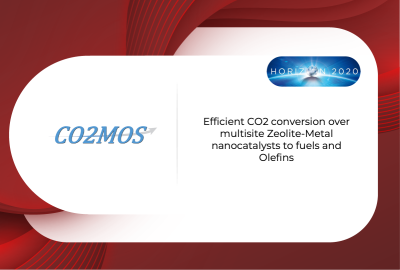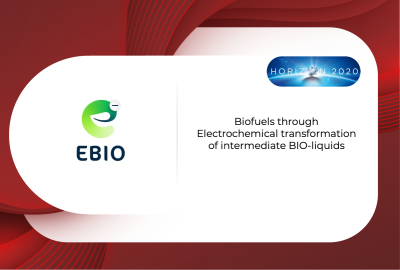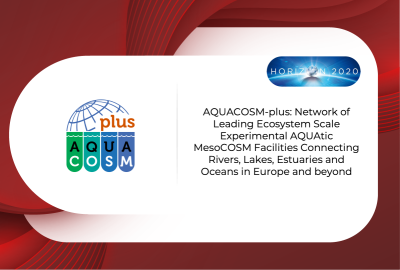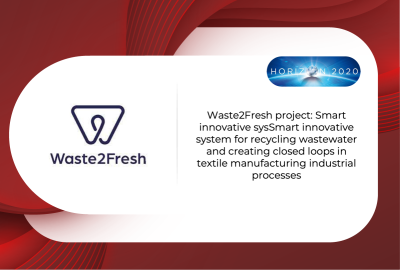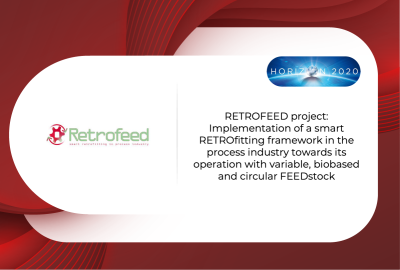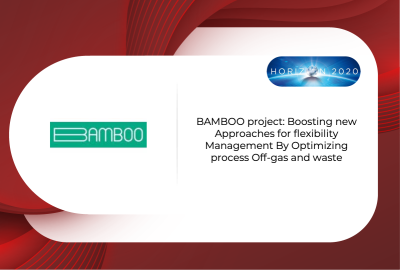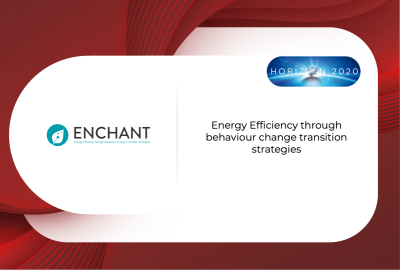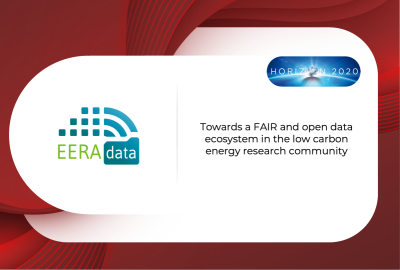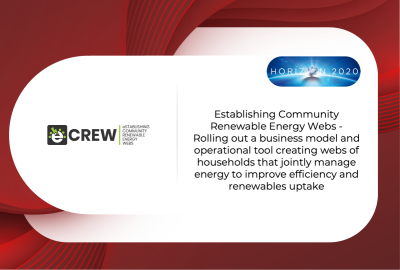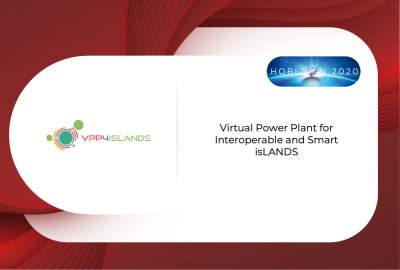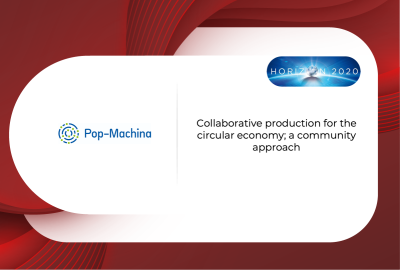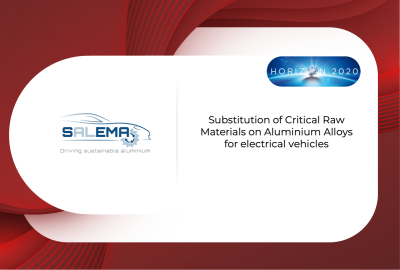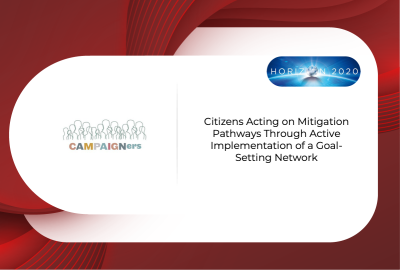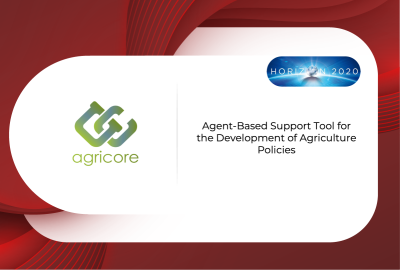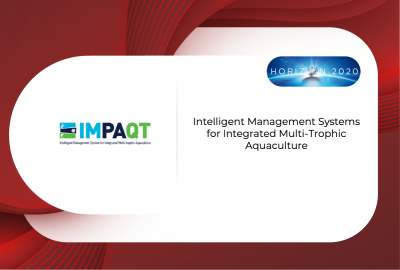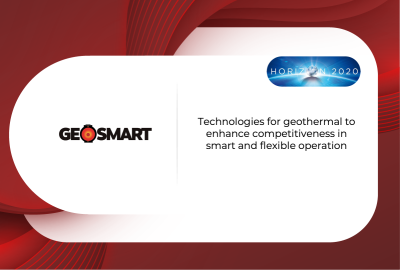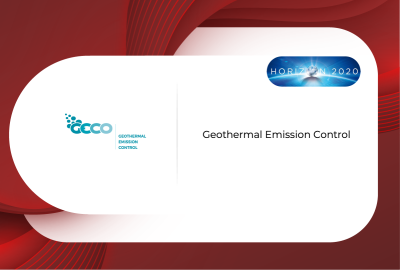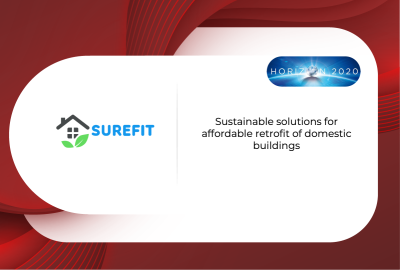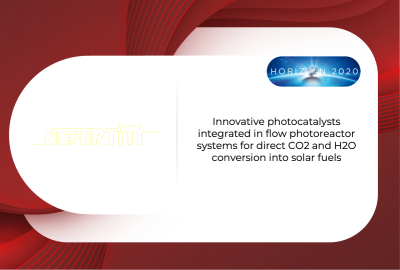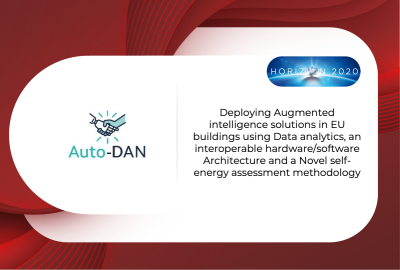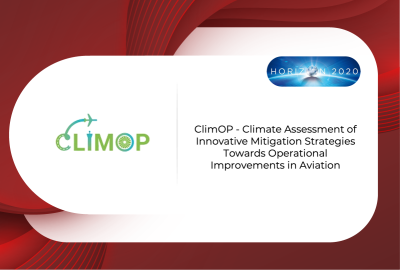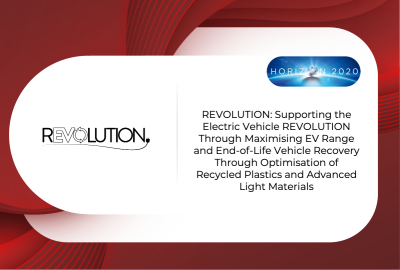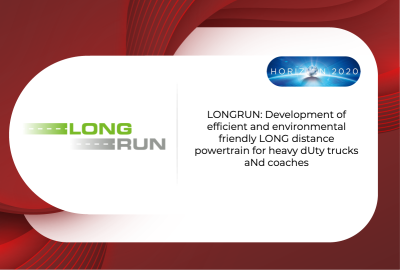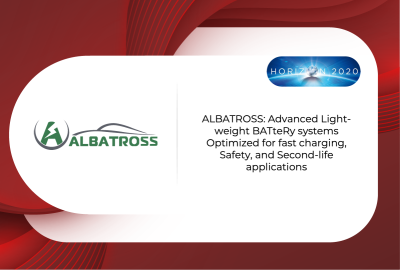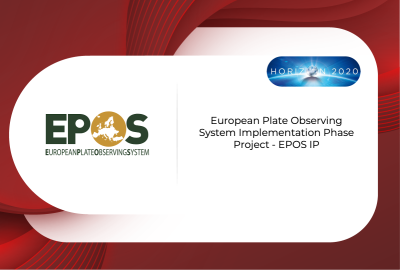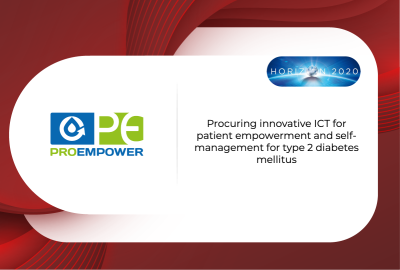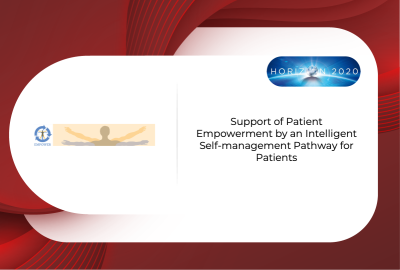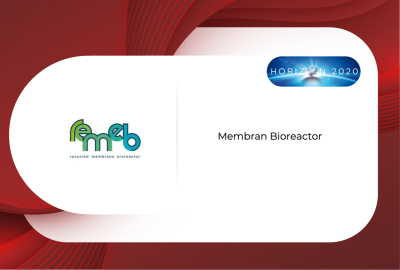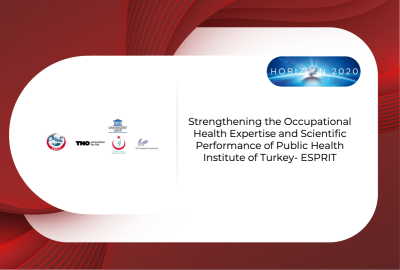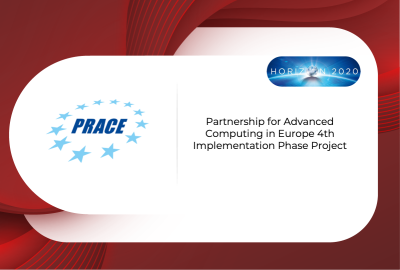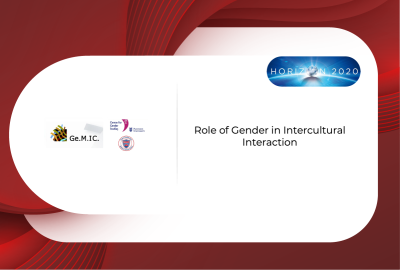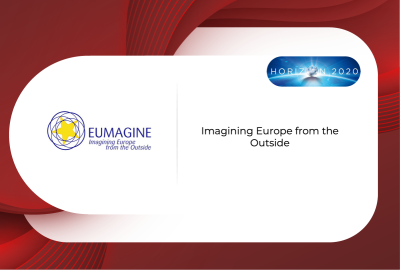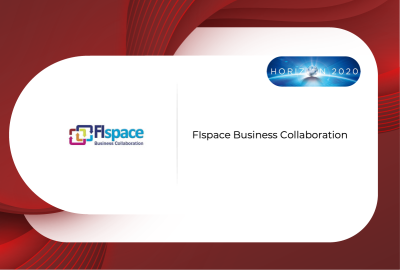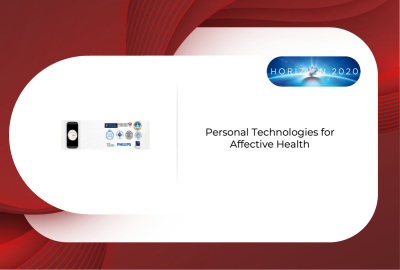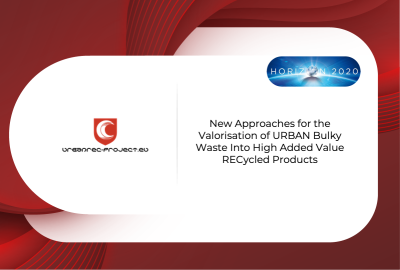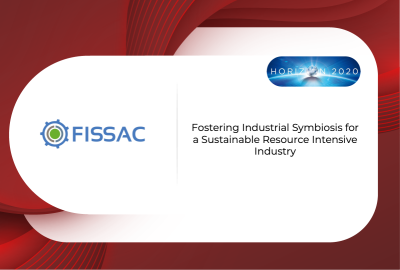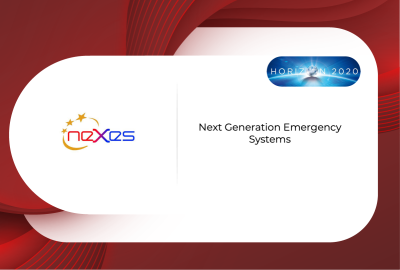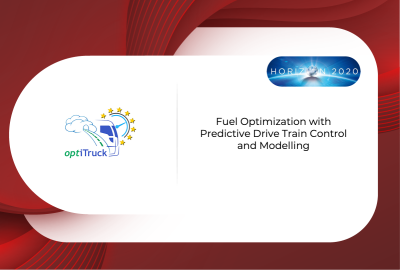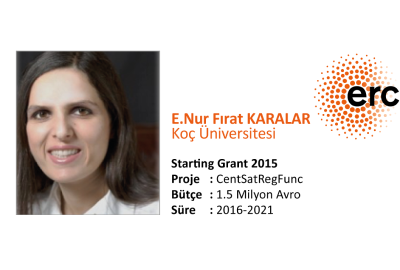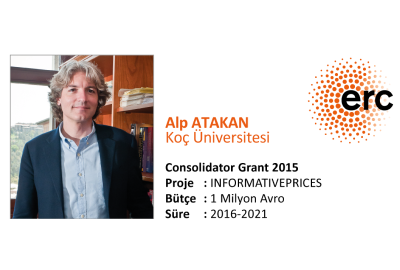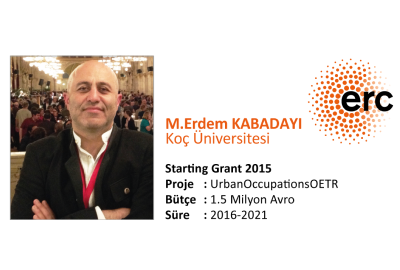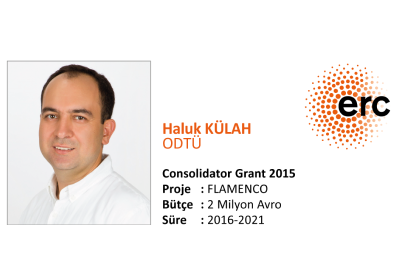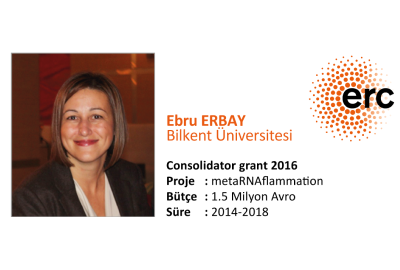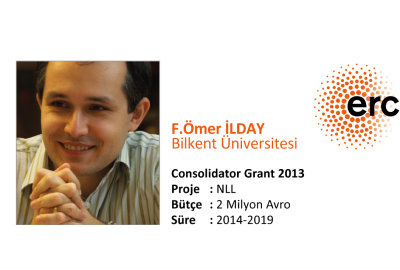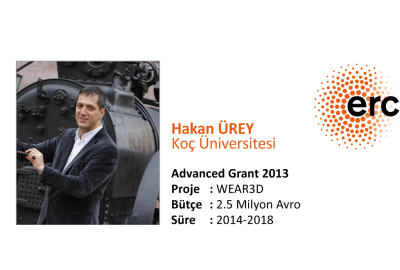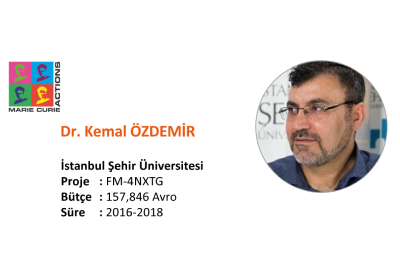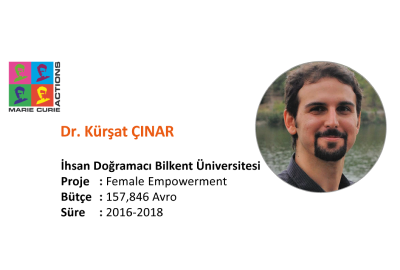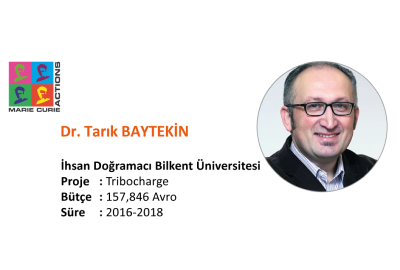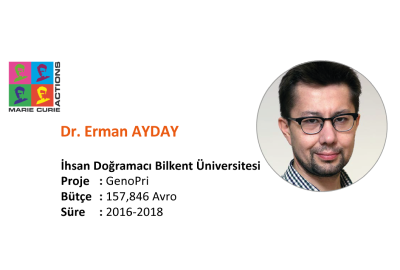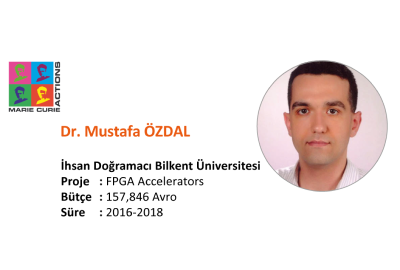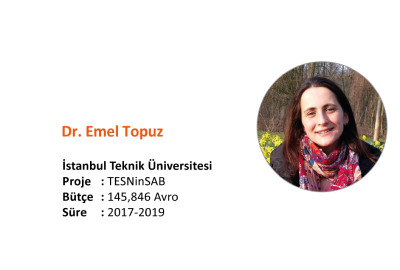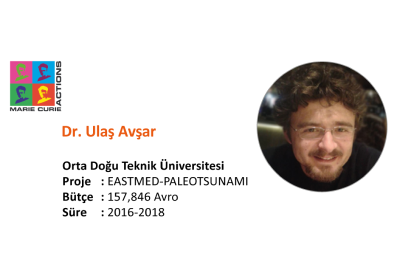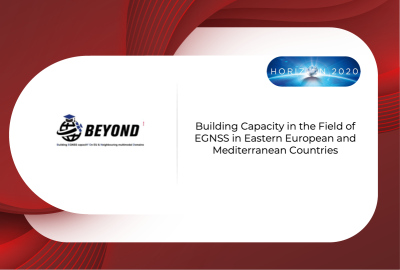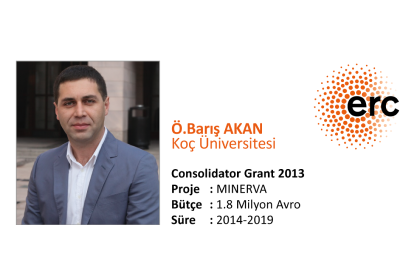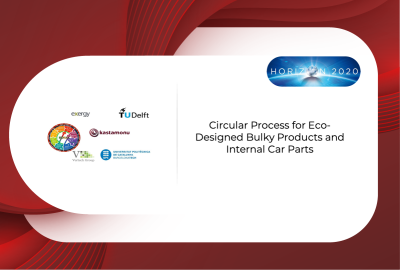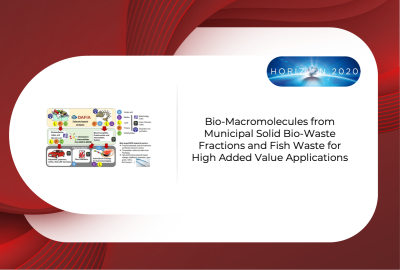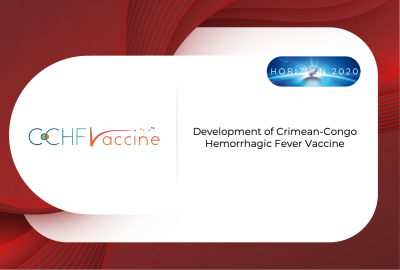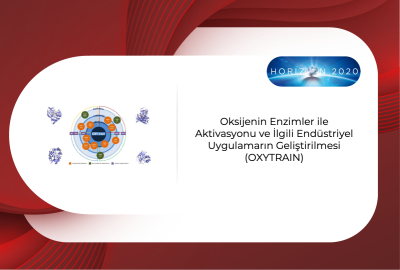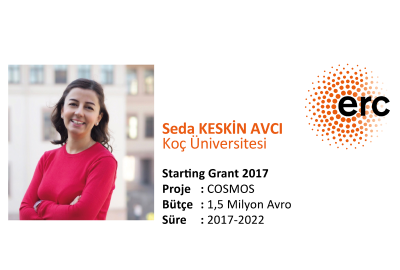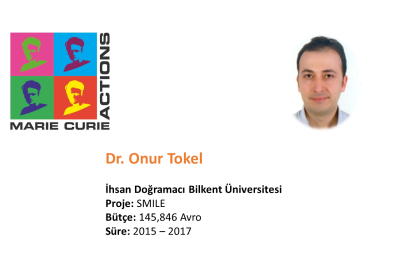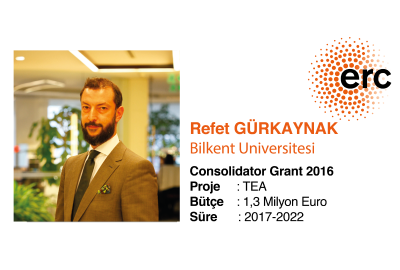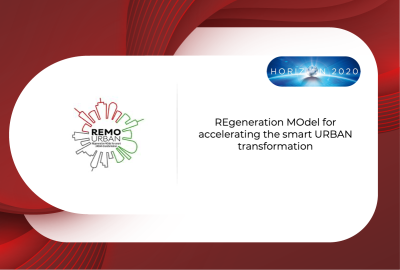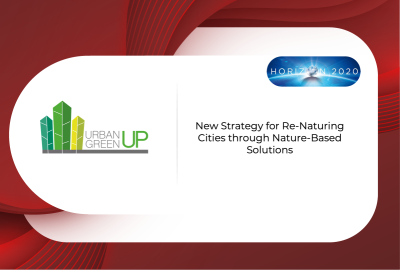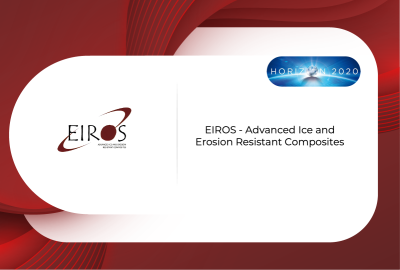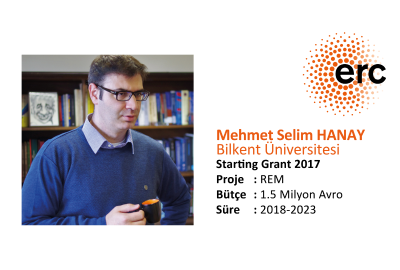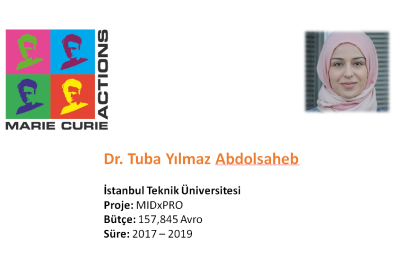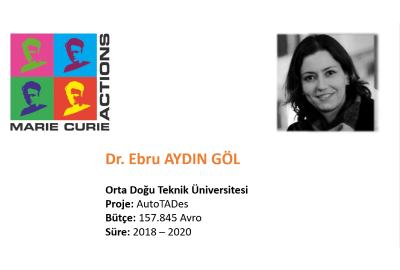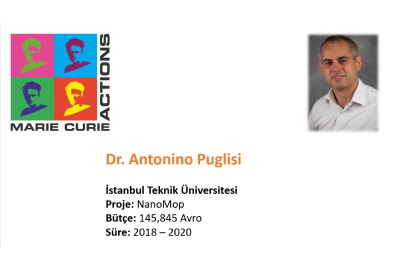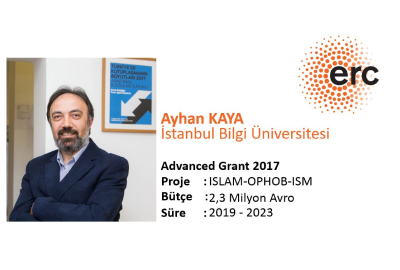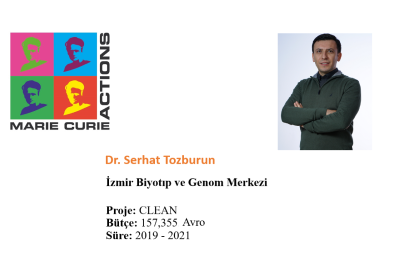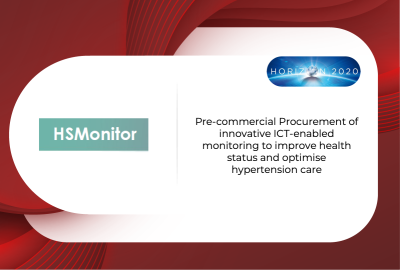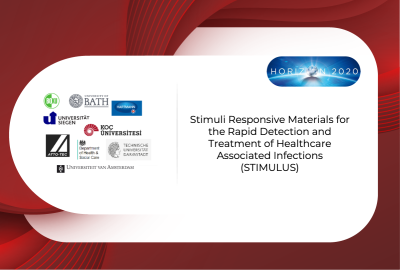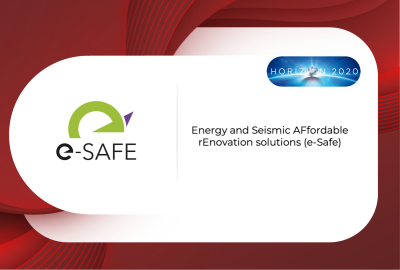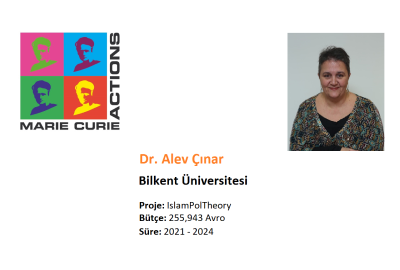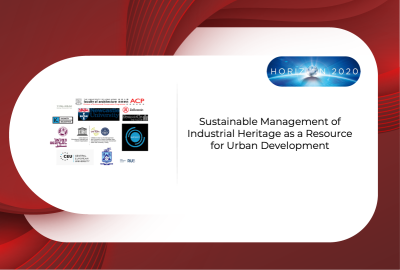Start and End Date
01 September 2020-30 September 2024
Coordinator
UNIVERSITA DEGLI STUDI DI CATANIA
Project Total Budget
€ 4.591.044,75
Supported Framework Program
Horizon 2020
Project Website
Energy and Seismic AFfordable rEnovation solutions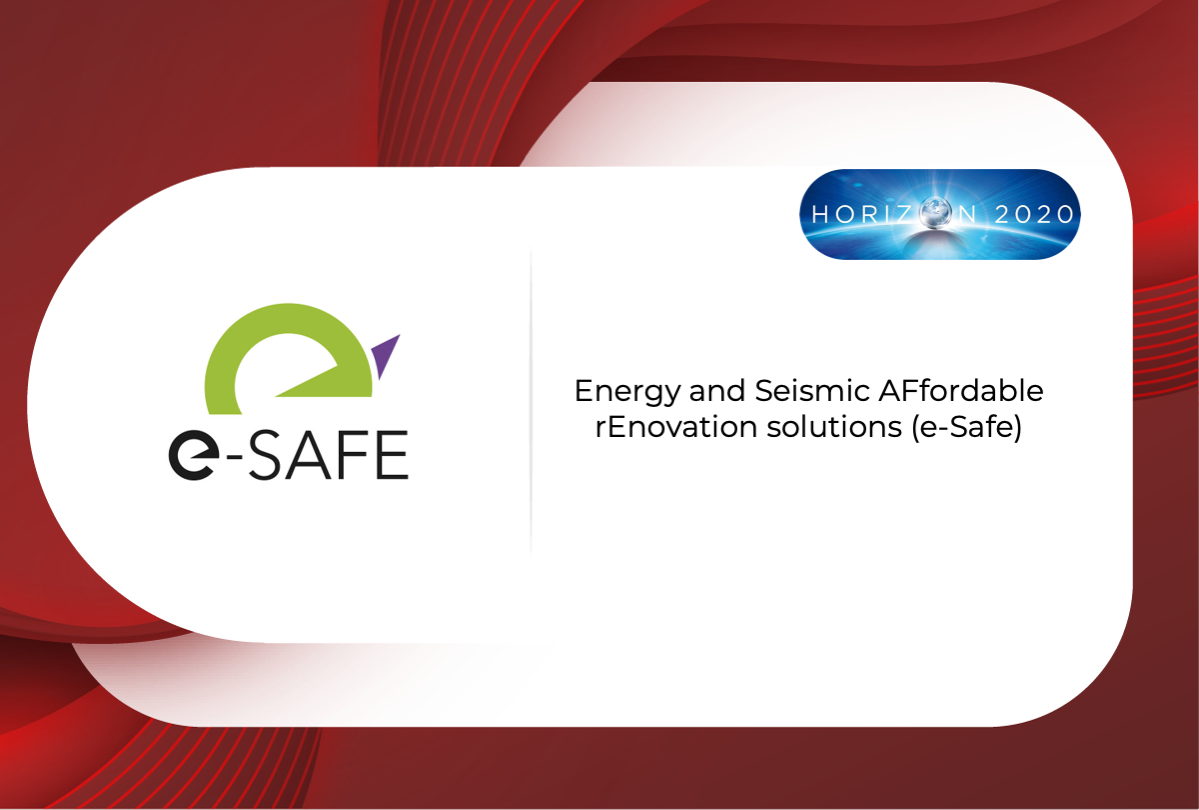
Scientific Outputs
e-SAFE defines and implements a market-ready deep renovation system targeting non-historic buildings, whose ability to be scaled up within the EU market relies on its capacity to combine decarbonization with other central customers’ needs and expectations such as earthquake safety (in seismic countries), indoor comfort, reduction of implementation cost and time, availability of feasible financial options, minimization of disturbance and maximization of aesthetic and functional attractiveness. To this purpose, e-SAFE is based on a full integration between technological innovation and process-based innovation.
With respect to this, the main aim of e-SAFE is developing and demonstrating fast, cost-effective and tailorable integrated solutions for an energy-efficient, anti-seismic and aesthetically pleasant deep renovation system of residential buildings, based on an innovative collaborative co-design process1 and supported by business models that make deep renovation more attractive and viable. These solutions mostly impact the building envelope and integrate suitable technologies to: increase seismic resilience; reduce the heating and cooling demand; exploit local renewable energy sources and thermal storage devices for shaving the peak demand, with ICT-based overarching energy monitoring and control; maximise occupants’ safety and comfort.
Moreover, e-SAFE technological and methodological innovations, which are the outcome of a systematic engagement of stakeholders in co-design and mutual learning, contribute to the need for extensive social acceptance of retrofitting activities and for the development of reliable innovative business models and financial tools, able to spur investments in deep renovation while considering:
(i) social and economic benefits,
(ii) life-cycle costs,
(iii) risk analysis and contingency plan,
(iv) stakeholders’ perspectives.
The e-SAFE project will address the following specific, detailed and measurable objectives.
Objective n. 1: to develop and demonstrate a new deep energy retrofitting system for the decarbonisation of the current nonhistoric building stock
e-SAFE proposes a new deep energy retrofitting system based on the idea of cladding low-performing buildings with a new performing “skin” based on modular, customizable, prefabricated, multifunctional panels (e-PANEL) with low environmental impact, made of a timber structure combined with local insulating biomaterials (hemp, cork, wood fiber, cellulose fiber, sheep wool, etc.),
and finished by the desired cladding. Together with the new skin solution, e-SAFE proposes an innovative and effective combination of technical systems (e-THERM) that includes PV modules, reversible air-to-water heat pumps for space cooling/heating and Domestic Hot Water preparation (DHW), and plug-and-play decentralized energy storage devices (e-TANK): the plug-and-play storage tanks will be developed and demonstrated within the project duration. The technical systems will be monitored and managed by an ICTbased Building Energy Management System (e-BEMS) that once combined with the storage tanks will successfully empower the possibility of decoupling thermal energy production and demand, and to increase photovoltaic (PV) self-consumption.
Objective n. 2: to develop and demonstrate new technical solutions to integrate energy efficiency and seismic safety
In earthquake-prone countries, the e-PANEL can be coupled to a structural system that increases seismic resilience, according to two innovative plug-in solutions: e-CLT and e-EXOS. e-CLT consists in adding cross laminated timber (CLT) panels to the outer walls. These are combined with e-PANEL, and connected to the existing reinforced concrete (RC) frame via energy dissipation devices (dampers). e-EXOS consists in strengthening the existing RC-framed structure with a metal exoskeleton, made of bi-dimensional bracings equipped with dampers and connected to the existing RC frame, supporting the e-PANELs. These components will be specifically conceived to be low energy intensive from a life cycle perspective, by favouring the use of recycled/recyclable materials and “dry assembled”, plug-and play solutions. Demonstration activities will be physically performed on a real pilot in Italy, and also on two virtual pilots. In the real pilot, e-PANEL and e-CLT will be installed; the e-THERM concept for the technical systems will be implemented, including the innovative e-TANK plugand- play storage devices. The activities will include monitoring and displaying of real time energy performance. While the real pilot will take place in Italy in an already identified location, the locations for the virtual pilots will be selected through a call for expression of interest for early adopters and will be used to further test the whole co-design approach, the e-EXOS and the inclusion of district heating systems.
Objective n. 3: to develop a viable co-design protocol able to increase the functional and aesthetic benefits of e-SAFE solutions
To increase its functional and aesthetic benefits, the e-SAFE system will be offered through a parametric abacus of tailorable solutions, characterized by different types and colours of cladding (e.g. ceramic, stone, metal, glass, wood, PV modules, etc.), as well as through a flexible choice for window sizes, balcony additions/enlargements, sun shadings etc. The system is developed so that future clients are involved in a co-design process conducted by means of a protocol, where their preferences drive the choice of a specific solution and shape the final outcome. Co-design is conceived so that customers decide on the specific targets to be achieved in terms of aesthetic quality, energy savings, increase in the seismic safety level (if applicable), and visual and acoustic comfort, without compromising the achievement of key energy efficiency (and eventually seismic) targets.
The co-design protocol is supported by a newly-developed BIM based Decision Support System tool (e-DSS), able to identify the main renovation solutions based on different input in terms of decarbonisation potential, seismic safety, occupants’ disruption, implementation cost and time, return on investment (ROI), comfort (thermal, visual and acoustic), external finishing, waste production, available fiscal and financial incentives.
Objective n. 4: to minimize occupants’ disturbance and time on-site and reduce costs
e-SAFE attractiveness for end-users is especially enhanced by the fact that the solutions are conceived to minimize disturbance for occupants and the time for the construction works, as well as to reduce installation and operation costs. e-SAFE solutions are fully based on BIM-designed prefabricated, plug-and-play components and dry technologies that can be easily and quickly implemented by operating from the outside of the buildings, thus avoiding relocation and decreasing users’ disruption and installation costs. During operation, savings are associated with the adopted energy retrofitting measures, such as the new skin (e-PANEL, e-CLT), the new mechanical systems and the e-BEMS.
Objective n. 5: to increase the financial feasibility of deep renovation and e-SAFE market uptake
e-SAFE will encourage the widespread implementation of the e-SAFE system for deep renovation through adaptable business models and tailor-made financial strategies. For this purpose, the project incubates three organizational entities responsible for carrying out exploitation after the project.
As concerns the financial feasibility, during the project an internal working group called e-NABLE will carry out all the enabling, research and management activities aimed at creating an abacus of suitable financial schemes, where options are selected on the basis of both national norms and market conditions as well as future potential customers’ socio-economic status. e-NABLE will also undertake advocacy activities to promote the introduction of governmental incentives for deep renovation.
Regarding the market uptake, the project will leverage on the piloted technological achievements and the respective business validation to nurture a high-level durable many-fold impact. To this aim, e-NABLE will define and establish two main exploitation actors, which will also absorb e-NABLE functions after the project lifespan:
- e-FOUNDATION, a financing entity that will provide cheap and convenient finance to developers, realtors and building owners seeking to implement e-SAFE; e-FOUNDATION will obtain its capital through the operation of the various potential financial schemes developed by e-NABLE, e.g. a green crowdfunding platform (e- CROWD), a peerto-peer lending platform, energy trading via smart contracts and the issue of green bonds;
- e-IPR, a legal entity owning and managing the intellectual property rights (IPR) arising from e-SAFE; e-IPR will receive royalties and license income by the various construction companies and consultancies licensed to carry out the e-SAFE system and will use them to fund e-FOUNDATION. e-SAFE’s value chain is expected to push for an increase of the level of investment in the EU deep renovation market and, as a result, in decarbonisation and antiseismic initiatives.
Objective n. 6: to increase the public awareness of the importance of energy issues and seismic risks related to the existing building stock
Different types of stakeholders are engaged in the project both at the EU and at the local level, using a variety of approaches. The overall purpose is to embed stakeholders’ relevant knowledge in the development of e-SAFE, while increasing their opportunity to learn and become more aware of the importance of energy issues and seismic risks related to the existing building stock.
Relevant retrofitting stakeholders (decision-makers, owners, tenants, developers, building contractors, architects, structural engineers, energy consultants, financial institutions, ESCOs, SMEs, etc.) are involved in a project-based stakeholders’ community, working at different scales. In particular, the project establishes a EU wide stakeholder forum and one local stakeholder platform for each of the pilot projects. The whole community is consulted during the project for both co-design and implementation purposes. In addition to that, communication and dissemination actions at various scales are connected with a public awareness campaign combining media based and face-to-face communication.
Objective n. 7: to enhance competencies on deep renovation
The project includes the development of specific accredited training packages (e-TRAINING) whose goal is engaging design professionals (building contractors, architects, engineers, structural and energy consultants) and the building industry (developers, construction companies, manufacturers of building components), with the purpose of enhancing their competencies on deep renovation.
Tackling ‘grand’ or societal challenges
In 2018, the amendment to the Energy Performance of BuildingsDirective (EPBD) stated that each Member State shall establish a long-term strategy for the renovation of the national building stock, in order to facilitate the cost effective transformation of existing buildings into nearly zero-energy buildings. In particular, the States are committed to define a roadmap leading to the goal of reducing, by 2050, the emissions of greenhouse gases (GHG) in the EU by 80- 95% compared to 19902. Other medium-term commitments, set by the Energy Union and the Energy and Climate Policy Framework for 2030, aspire to reducing GHG emissions by at least 40% by 2030 (from 1990 levels) and to reaching the energy savings target of at least 32.5% by 2030.
Residential and non-residential buildings are currently responsible for 40% of the final energy demand in the EU, and for approximately 36% of all emissions of GHG. It is then clear that energy efficiency in the building stock plays a central role to meet the above goals: indeed, it would considerably contribute to decarbonisation, reduction of the energy bills, increase in the energy security, as well as reduced air pollution and improved comfort of building occupants.
In order to reach these targets, deep renovation of the existing EU building stock is then a key issue. Indeed, according to the EU building stock observatory, around 78% of the residential buildings in the EU have been constructed before 1990 (or even 90% if observing the entire building stock). Moreover, about 35% of the EU buildings are over 50 years old, and almost 75% are highly energy inefficient. Nevertheless, between 75% and 85% of them will still be in use in 20507. Other studies suggest that up to 110 million buildings are considered in need of renovation, over an estimated total stock of 210 million buildings in EU.
Despite this urgent need to improve the energy efficiency of the EU building stock, the rate of actions in this direction is still highly unsatisfactory. According to the amended EPBD, an average annual renovation rate of 3% would be necessary to accomplish the EU’s energy efficiency goals in a cost-effective manner. However, current yearly rates of major renovation only range between 0.1% and 2.0% in the main European countries (see Figure 1). Without boosting the renovation rate, it will take more than 100 years to renovate the entire EU building stock. Furthermore, energy efficiency is certainly not the only problem faced by the European building stock. In fact, nearly 50% of the European territory is earthquake-prone: in seismic countries, in the face of a destructive earthquake, any solution for buildings decarbonisation alone will turn out to be unsustainable, from a social, economic and environmental point of view.
In these countries, energy renovation actions must therefore strategically combine with seismic retrofitting. Finally, it must be observed that current renovation practices often end up in shallow, sub-optimal solutions. The need to avoid excessive costs and disruption to the occupants, the lack of suitable financial schemes, the poor consideration given to indoor comfort and indoor environmental quality (IEQ), induce to address renovation with partial solutions, which often are not only insufficient to reach the EU goals but also hinder the possibility of subsequent, more efficient retrofit interventions. Improving the attractiveness of deep renovation through non-energy related factors like structural improvement and attractive financial models is then imperative, but this requires reliable and accessible technical and financial solutions.
e-Safe Project; In line with the decarbonization targets set by the EU and earthquake regulations, it designs a market-ready renovation / renovation system that will reduce the implementation time and costs, offer affordable financial options, increase interior comfort, aesthetic and functional appeal.
The project aims to renew the building stock in order to make the existing structures resistant to disasters and to ensure the life safety of the people in earthquake risk geographies such as our country. In this context, it will develop renovation solutions to increase energy efficiency and earthquake resistance in buildings.
Industrial Innovation (including innovation in services as well as products and processes)
e-SAFE consists of two connected cycles, namely the supply chain and the value proposition chain. The supply chain begins with a preliminary study of the context, the building and the existing fiscal constraints to deep renovation. It continues with a detailed survey of the building geometry. The following co-design phase intersects the value proposition chain: on the one side, stakeholders use physical, legal and financial information to define the e-SAFE specifics to be applied (e-PANEL, e-CLT, e-EXOS, e-DSS, e-THERM), with a focus on sustainable local materials and minimum disturbance for the occupants; on the other side, the application of e-SAFE is subjected to the payment of ownership rights to e-IPR, whose income is re-invested in financing mechanisms aimed at promoting the use of e-SAFE by a wide range of potential customers, including less affluent ones.
The improved exercise of professional skill
Within the scope of the project, an education protocol (e-TRAINING) will be developed that targets both engineering and architecture students and professionals in the deep renovation sector (professional designers, structural engineers, builders, etc.). The overall aim is to develop professional knowledge about deep renovation (its relevance to building decarbonization and seismic safety) and specific knowledge about the e-SAFE system. In addition, a special module will be reserved for the use of e-SAFE to increase the impact of e-Safe solutions on the market and to strengthen the customer base.
e-TRAINING will include not only the technological, aesthetic and functional aspects of e-SAFE design, but also financial and co-design benefits.
The e-TRAINING protocol will be developed in two versions: an online interactive curriculum that combines the traditional face-to-face training curriculum and video tutorials with potential online assignments and assessment methods.
Both formats can be used by professionals, associations and professional associations as well as higher education institutions for extensive renovation. The e-TRAINING program will be finalized at the end of the project as a certified program of e-IPR, while increasing the prevalence of the SAFE system in the European market, it will provide an additional source of income for e- FOUNDATION.
Human capital development
According to a report published in 2015, there is a clear relation between energy savings and creation of new job opportunities. This is due to an increase of “employment in energy efficiency”: by this expression, the report means employment by firms whose principal activity is the supply of goods and services for the provision of energy savings.
The predicted employment factor generated from energy savings is 0.49 jobs/GWh in the residential sector and 0.62 jobs/GWh in the commercial one.
This numbers generate an estimate of around 100 new jobs per year created by the renovation activities promoted by e-SAFE. This estimate would increase in the case of renovations combining energy-efficiency with anti-seismic interventions. Since the building renovation sector is dominated by local SMEs, this would be a great opportunity to boost jobs at a local scale. A further contribution in this direction also comes from employment opportunities in the professional education sector related to the training activities (e- TRAINING) promoted by e-FOUNDATION after the end of the project.

